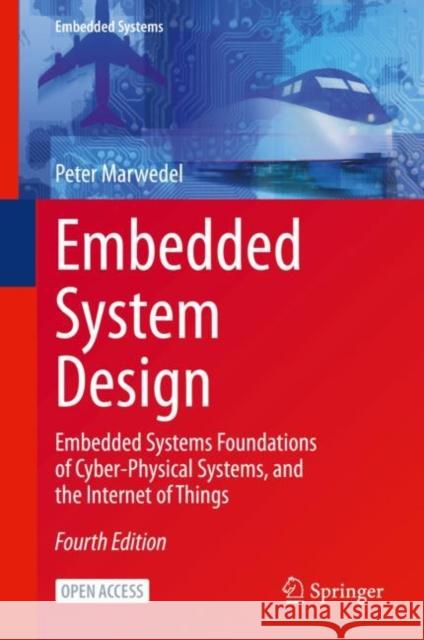Embedded System Design: Embedded Systems Foundations of Cyber-Physical Systems, and the Internet of Things » książka
topmenu
Embedded System Design: Embedded Systems Foundations of Cyber-Physical Systems, and the Internet of Things
ISBN-13: 9783030609092 / Angielski / Twarda / 2021 / 433 str.
Embedded System Design: Embedded Systems Foundations of Cyber-Physical Systems, and the Internet of Things
ISBN-13: 9783030609092 / Angielski / Twarda / 2021 / 433 str.
cena 201,72 zł
(netto: 192,11 VAT: 5%)
Najniższa cena z 30 dni: 192,74 zł
(netto: 192,11 VAT: 5%)
Najniższa cena z 30 dni: 192,74 zł
Termin realizacji zamówienia:
ok. 22 dni roboczych
Bez gwarancji dostawy przed świętami
ok. 22 dni roboczych
Bez gwarancji dostawy przed świętami
Darmowa dostawa!
Kategorie:
Kategorie BISAC:
Wydawca:
Springer
Seria wydawnicza:
Język:
Angielski
ISBN-13:
9783030609092
Rok wydania:
2021
Wydanie:
2021
Numer serii:
000390992
Ilość stron:
433
Waga:
0.81 kg
Wymiary:
23.39 x 15.6 x 2.54
Oprawa:
Twarda
Wolumenów:
01
Dodatkowe informacje:
Wydanie ilustrowane











